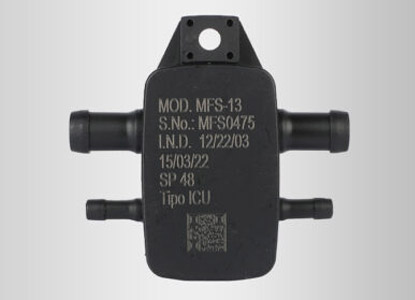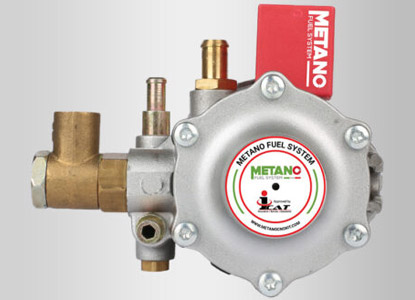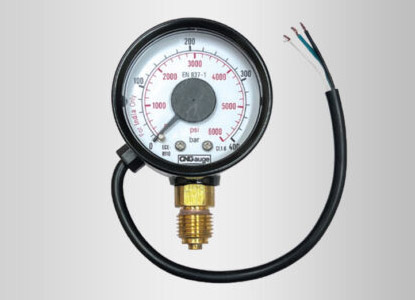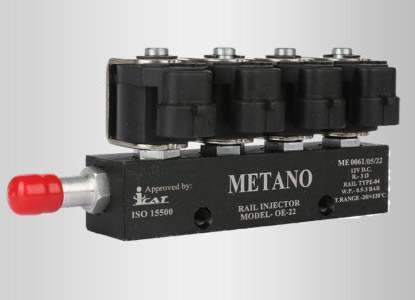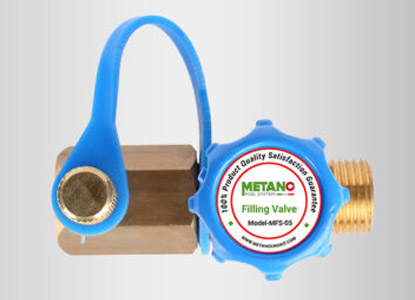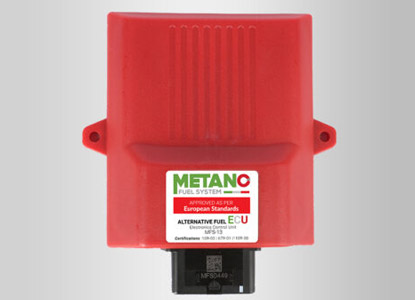 Electronic Control Unit is main component in recent vehicles as ECU act as vehicle central control system. It helps in processing the data from various sensors and make real time adjustment to optimize the vehicles performance. As the vehicle with CNG the ECU plays a key role in managing the fuel injection system, the right amount of gas is delivered to engine for efficient combustion . We provide customized ECU solutions that meet different vehicle requirements and CNG Kit Installation.The ECU controls the sequential fuel injection process, regulates fuel pressure, and monitors overall engine performance. It also facilitates smooth switching between CNG and gasoline, ensuring seamless operation. By carefully managing fuel delivery, the ECU not only improves engine efficiency but also helps in reducing harmful emissions, contributing to a cleaner environment. Overall, the ECU model is essential for enhancing vehicle performance, fuel efficiency, and reducing environmental impact in CNG vehicles.
Electronic Control Unit is main component in recent vehicles as ECU act as vehicle central control system. It helps in processing the data from various sensors and make real time adjustment to optimize the vehicles performance. As the vehicle with CNG the ECU plays a key role in managing the fuel injection system, the right amount of gas is delivered to engine for efficient combustion . We provide customized ECU solutions that meet different vehicle requirements and CNG Kit Installation.The ECU controls the sequential fuel injection process, regulates fuel pressure, and monitors overall engine performance. It also facilitates smooth switching between CNG and gasoline, ensuring seamless operation. By carefully managing fuel delivery, the ECU not only improves engine efficiency but also helps in reducing harmful emissions, contributing to a cleaner environment. Overall, the ECU model is essential for enhancing vehicle performance, fuel efficiency, and reducing environmental impact in CNG vehicles.The Electronic Control Unit (ECU) is a critical component in modern vehicles, responsible for controlling various electronic systems to optimize performance, safety, and efficiency. It is primary application is in engine management, where it monitors and regulates fuel injection, ignition timing, and air-fuel mixture to ensure optimal combustion. ECUs are also used in transmission control, managing gear shifts for automatic and semi-automatic gearboxes. In CNG and LPG vehicles, the ECU works with components like injectors and reducers to ensure the correct delivery of gas to the engine. Additionally, ECUs are used in braking systems (ABS), airbag deployment, climate control, traction control, and vehicle stability systems. In electric and hybrid vehicles, ECUs help manage battery usage, motor control, and energy recovery systems. Their widespread application across different vehicle systems makes ECUs essential for improving vehicle performance, fuel efficiency, and driver safety.
Electronic Control Units (ECUs) offer numerous advantages that have revolutionized modern vehicle performance and efficiency. One of the main benefits is precise control over critical engine functions such as fuel injection, ignition timing, and air-fuel ratio, resulting in better fuel economy, lower emissions, and smoother engine performance. ECUs also enable real-time monitoring and adjustment, helping the vehicle adapt to different driving conditions automatically. They enhance safety by managing systems like ABS, airbags, traction control, and stability control, ensuring timely responses in critical situations. ECUs also support diagnostics, allowing mechanics to quickly identify faults through onboard diagnostic systems (OBD). In vehicles powered by alternative fuels like CNG or LPG, ECUs help regulate fuel delivery for optimal combustion. Additionally, ECUs contribute to improved driving comfort by managing features like climate control, cruise control, and automatic transmissions. Overall, ECUs are essential for maximizing vehicle performance, safety, efficiency, and user convenience.



